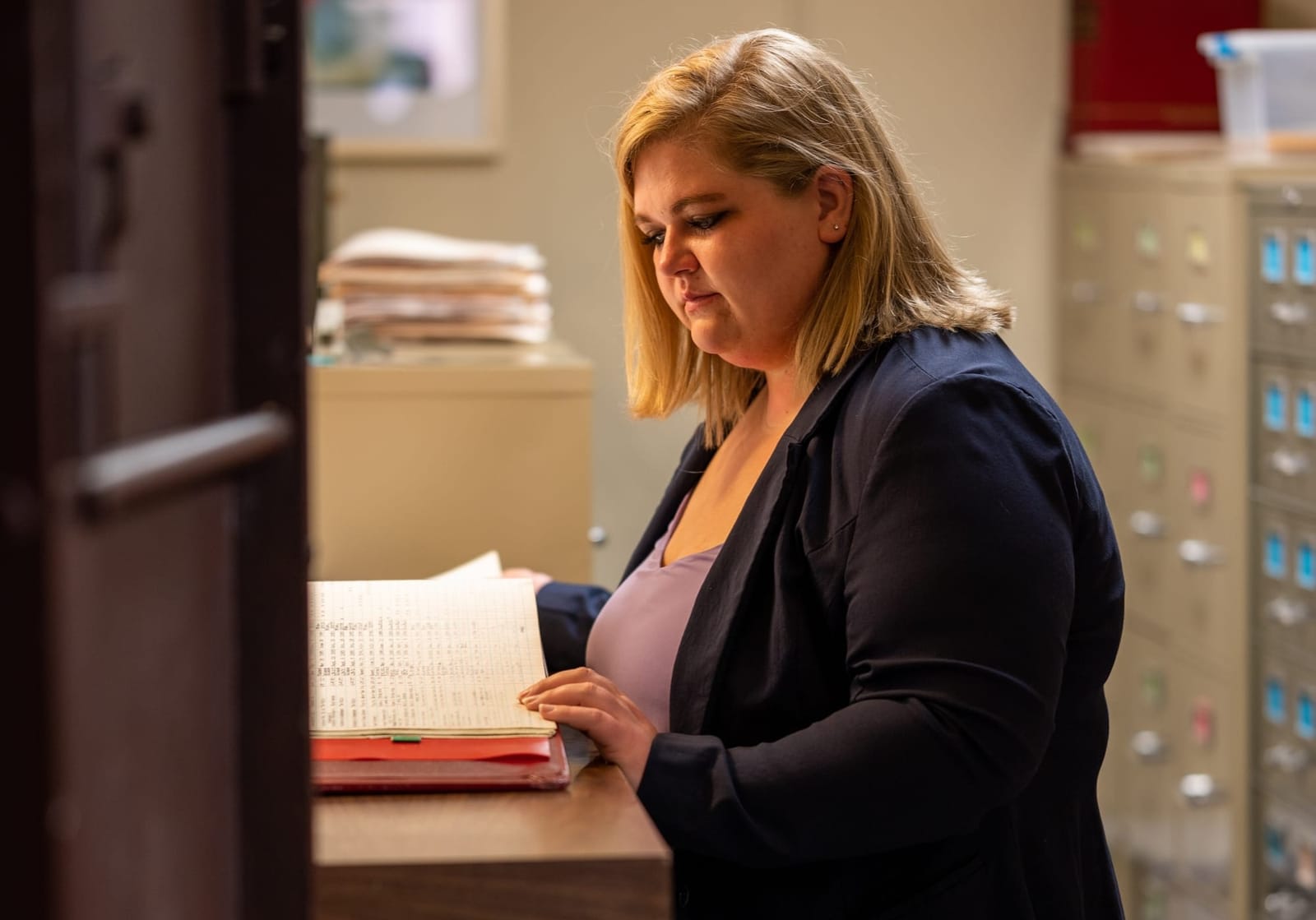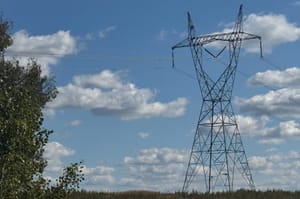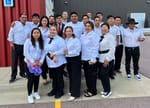When a tornado ripped through Burke in 2019, the town’s only attorney was crucial to getting two families who lost their homes a new place to live through the Governor's House Program.
Rachelle Norberg might not have been there at all, though, if it weren’t for a collaborative effort between the State Bar of South Dakota, the South Dakota Unified Judicial System (UJS) and rural areas in desperate need of more practicing attorneys.
"I think there's a lot of other stories like that," she told News Watch.
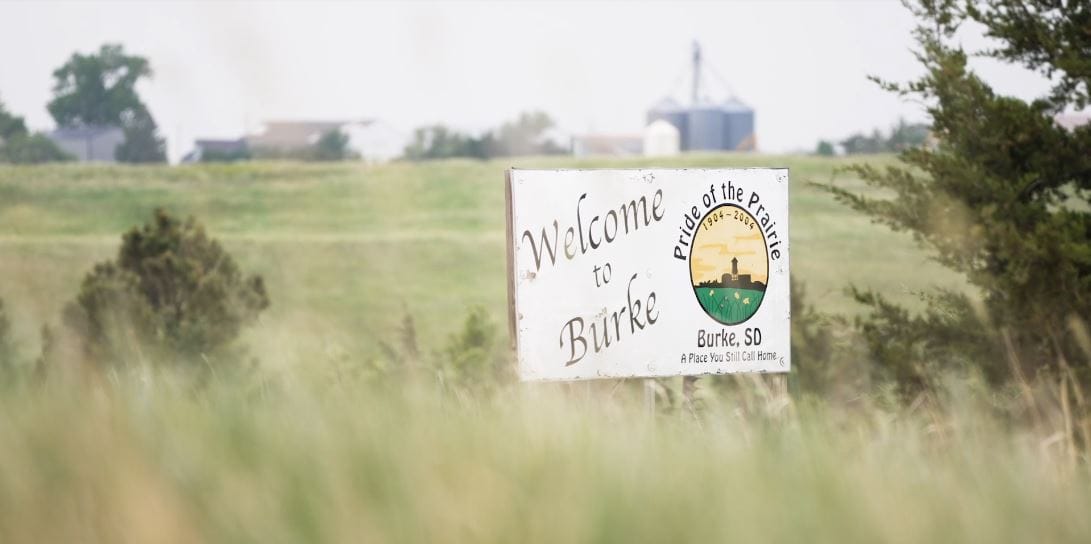
Norberg is originally from Burke, which has a population of 570. She returned to the town to practice law through the Rural Attorney Recruitment Program (RARP), a program that aims to stymie "legal deserts" – areas where legal services are few and far between – and now chairs Project Rural Practice, the state bar association's answer to those deserts.
Gaps in legal access necessitate action at state level
South Dakota is one of many states facing a growing gap in legal services available to those living outside of urban population centers.
In legal deserts, rural residents could be more likely to deal with issues like financial distress, wrongful incarceration or lack of access to due process, according to an Iowa State University study published this year in the South Dakota Law Review.
That same study found that 20 of South Dakota's 66 counties are considered legal deserts, nine of which are "critical legal deserts," or areas with "the most acute lawyer shortages in the nation."
In 2013, South Dakota became the first state in the country to institute the RARP, a program that financially incentivizes lawyers to live and practice in rural areas. K. Aleks Schaefer, associate professor of international markets, trade and policy at Oklahoma State University, once called the program a "real-life science experiment."
The initiative provides attorneys with $12,513 a year, or $62,568 total, if they commit to practicing law in a rural town or county for five years after they complete their law degree. That funding comes jointly from the state bar, the UJS and the counties and municipalities that house the lawyers.
Forty-eight counties in South Dakota are eligible to participate in the program, and any municipality under 3,500 people is eligible, though there is a preference system for counties with the greatest need. Just 20 of 309 municipalities in the state exceed that population requirement.
RARP participant Dylan Kirchmeier, who now serves as the state's attorney for Roberts County, was in the room at the Capitol in Pierre as a Senate page when Tom Barnett, former executive director of the state bar, first discussed the program.
"I remember being in the appropriations meeting one morning when Barnett was talking about the bill to the appropriations committee. So I had knowledge of it going into my undergraduate studies, knowing that I was wanting to go to law school the entire time," Kirchmeier said.
Last week, 12 years after that appropriations meeting, he officially finished his five-year contract and got his final payment from the state.
“I have no intentions of leaving (Roberts County),” Kirchmeier told News Watch.
The program can fund schooling costs or the opening expenses of hanging your shingle in a small town, but the dollars are, by design, flexible in their use. Kirchmeier used his stipend to pay his mortgage in Wilmot, population 432.
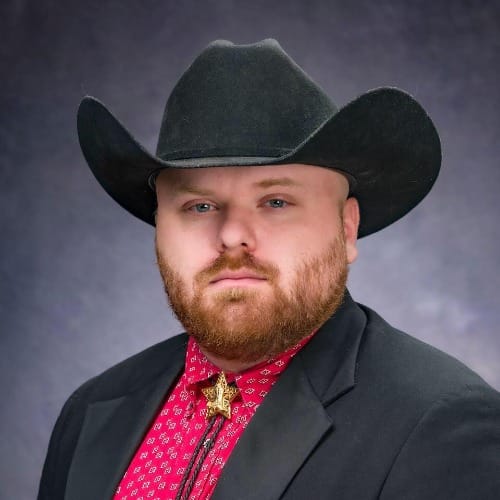
RARP was born of Project Rural Practice, which was established by former bar president Patrick Goetzinger. That program aims to identify rural lawyer shortages and make recommendations.
Since its inception, 36 attorneys have come through the program, and 19 have graduated. Fourteen of those graduates are still practicing in their communities.
Lawyers find case variety in rural South Dakota
Kirchmeier's status as state's attorney means his work is in prosecution, but he told News Watch that lawyers who have a private practice in rural areas, like Norberg, often have more varied day-to-day work than those working in larger cities.
"Your clients are going to be the couple down the street, the old guy across the road, your kids’ friends’ parents, the farmer that lives 2 miles out of town that you see at the gas station every day,” Kirchmeier said.
"If you're a practitioner in a small town, you have everything walking through the door, whether it be trust and estate work, divorces, custody disputes, criminal defense. You run the whole gamut of things that people might ask you to do."
In his own role, Kirchmeier emphasized that a smaller population does not mean less work. Roberts County is small in population but large in geographic size and also covers parts of the Lake Traverse Indian Reservation, and Kirchmeier prosecutes hundreds of cases every year.
Greg Sattizahn, state court administrator for the South Dakota UJS, agrees.
"We've never had anyone in the program not complete the program because they didn't have the work. The work is certainly there. It's more, actually, managing the work that is out there," Sattizahn told News Watch.
Support stories about rural South Dakota with a tax-deductible donation.
Sattizahn said that professional opportunities for attorneys are not necessarily limited by the small population size of rural counties or towns. For Kirchmeier, professional achievements abound in 10,000-person Roberts County. In 2024, he was awarded Prosecutor of the Year by the South Dakota State's Attorneys Association.
"There's a fear of not being able to be successful if you're in a rural area versus more of an urban setting in the legal profession, whether that be personal achievements or wealth. I think that fear needs to get dispelled to some degree," Kirchmeier said.
"I know from friends that I have that are also in the program that have started their own firms in these small towns. Obviously it takes a while to get ingratiated into a community, but they're doing well for themselves financially. They have more than enough work to keep their lights on in their business, to feed their families, to make a good living."
Community service a crucial role
A key underpinning in both the RARP and Project Rural Practice is that rural law, even private practice, is framed as for the public interest – an exercise in community service.
Hannah Haksgaard, professor at the University of South Dakota's Knudson School of Law, published "The Rural Lawyer: How to Incentivize Rural Law Practice" with Cambridge University Press earlier this year. She told News Watch that part of the reason South Dakota's program has been so successful is that focus on community service.
"In some of the earliest interviews I did with rural lawyers, I was struck that their choice to go into rural practice was because they were focused on the community involvement and community service aspects," Haksgaard said.
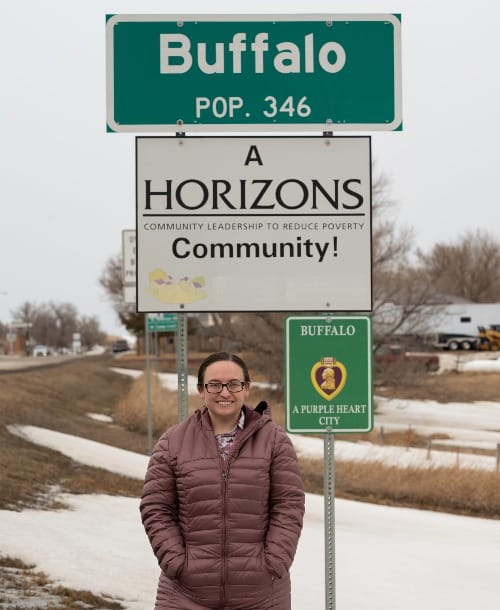
When Norberg went to commissioners in Gregory County, where Burke is located, in 2018 to request approval for her RARP placement, it only narrowly passed. Norberg said she submitted yearly reports to the county to prove their investment in her practice was worth it. Those reports demonstrated over 300 hours of pro bono work, equivalent to more than $30,000 in free legal aid, and the creation of eight nonprofits in the county.
"It was probably a lot more out of stubbornness than anything, honestly: 'I'm going to track all this stuff and I'm going to show you this is what I saved you.' And what it ended up being was really beneficial, not only to me, but to a lot of other potential participants," Norberg said.
Program's evolution key to its success
Haksgaard said that part of the reason the state's program has been so successful is its constant evolution.
In the RARP's infancy, there were issues with health care access for attorneys, she said. But the state bar listened to participant concerns and found an insurance provider that worked for all of them.
"There was a clear policy problem, but a solution was found," Haksgaard said.
The program also recently began an intern placement program with USD's law school, which allows students to get a taste of rural practice without committing to the five-year contract.
Norberg has participated in that program as an employer.
"It is invaluable to have that. I practice on my own. I have three full-time staff between two offices. But to have an intern come in and assist is just fabulous," she said. "It gives the employers an opportunity to bring somebody in that's otherwise sometimes kind of difficult to recruit."
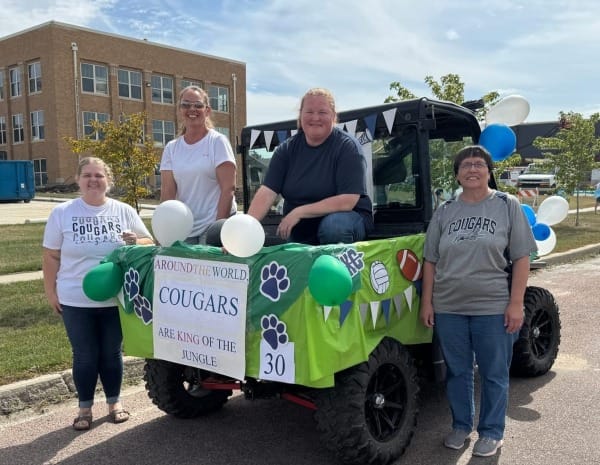
She said that serving as an intern in a rural area can often provide greater exposure to key parts of the legal process as well as a stronger community connection.
"Anytime I have a court hearing, they're coming with me to court to see the different types of hearings that go on. They're getting to meet with clients. They're getting to research specific issues that makes it a little more real than maybe sitting in a classroom does," Norberg said.
"They see a lot of things that you wouldn't see for three to five years if you're going to work at a larger firm and actually get to have some of that hands-on experience before they graduate from law school."
Some experts said that incentive programs alone will not fill these legal gaps, considering over half of the country's non-metro counties are classified as either emerging, urgent or critical legal deserts.
"I don't think that South Dakota is ever going to be at a spot with rural lawyers where the organizers look around the room and say 'OK, we've done our job. We can stop making steps forward.' I don't think that ever will be the case," Haksgaard said.
For now, though, RARP has brought some level of hope both to rural areas and to the state itself – where the intention is to keep the program going into the foreseeable future.
"I think the biggest factor of all is just the strength in personality and the work ethic of the people who are involved in this program," Haksgaard said. "There are just people who are very dedicated to making this program work. And that dedication is what has made the difference."
This story was produced by South Dakota News Watch, an independent, nonprofit organization. Read more stories and donate at sdnewswatch.org and sign up for an email for statewide stories. Investigative reporter Molly Wetsch is a Report for America corps member covering rural and Indigenous issues. Contact her at molly.wetsch@sdnewswatch.org.

